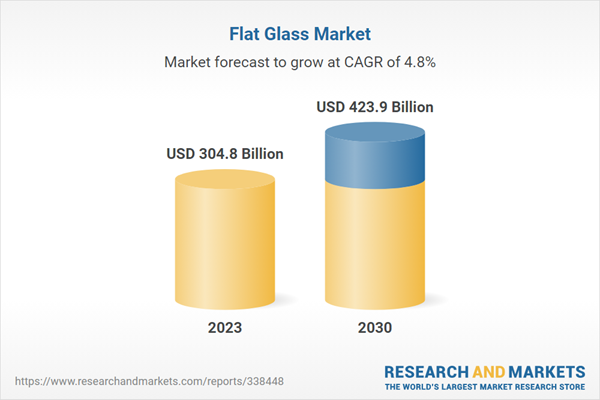

The Beauty and Utility of Decorative Architectural Glass
Decorative architectural glass serves as a stunning and versatile element in modern architecture and interior design. It transcends the boundaries of mere functionality, transforming spaces into realms of artistic expression. From intricate stained glass windows in historical churches to sleek, modern installations in corporate offices, decorative glass plays a vital role in creating visually appealing environments while also serving various practical purposes.
One of the most fascinating aspects of decorative architectural glass is its ability to manipulate light. The interplay of glass surfaces with natural and artificial light can dramatically alter a space's atmosphere. For instance, frosted glass provides privacy while still allowing light to diffuse softly, creating an inviting ambiance in homes and offices alike. In contrast, clear or colored glass can frame beautiful views, adding vibrancy and depth to a room. Architects often incorporate glass to optimize natural light, contributing to energy efficiency and a healthier living environment.
Moreover, decorative glass is highly customizable. With a variety of finishes, colors, and textures available, designers can create unique pieces that reflect a building's character or the client’s personal style. Techniques such as etching, sandblasting, and printing allow for an infinite number of designs, from the simplest geometric patterns to elaborate scenes. This versatility extends beyond aesthetics; decorative glass can also be functional. For instance, tempered glass is utilized in high-traffic areas due to its strength, while laminated glass can enhance sound insulation.

In recent years, the popularity of decorative architectural glass has expanded in commercial settings as well. Retail stores, restaurants, and offices are now increasingly adopting glass elements to create open, inviting atmospheres. Large glass facades not only provide visibility into a business but also encourage customer engagement. Additionally, glass partitions can delineate spaces while keeping the overall feeling of openness, making interiors feel larger and more spacious.
Sustainability is another critical factor driving the use of decorative glass in architecture. Numerous glass manufacturers are now focusing on eco-friendly practices, creating products that minimize environmental impact. Recycled glass can be transformed into beautiful architectural features, while energy-efficient glass solutions help reduce heating and cooling costs. This alignment with sustainable practices is essential in today’s design landscape, where environmental consciousness influences consumer choices.
Furthermore, the emotional impact of decorative architectural glass should not be underestimated. Artful installations can evoke feelings of tranquility or inspiration, making spaces feel more welcoming. For instance, public art glass installations have become popular in urban landscapes, serving as landmarks while encouraging community interaction. These works not only beautify the environment but also foster a sense of belonging among residents.
In conclusion, decorative architectural glass is not just an aesthetic choice; it embodies functionality, sustainability, and artistry. Its ability to interact with light, the diverse customization options, and its relevance in promoting well-being within spaces make it an invaluable material in contemporary design. As architects and designers continue to explore its potential, we can expect decorative glass to remain a prominent feature in the evolution of architectural aesthetics, enhancing our surroundings and shaping our experiences in profound ways.